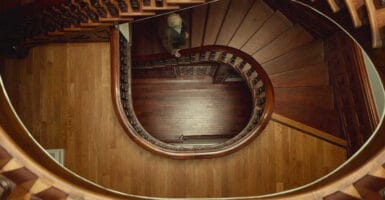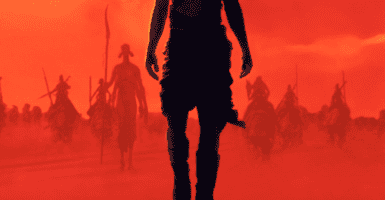The Charlton Heston Action Classic Being Deleted From Netflix
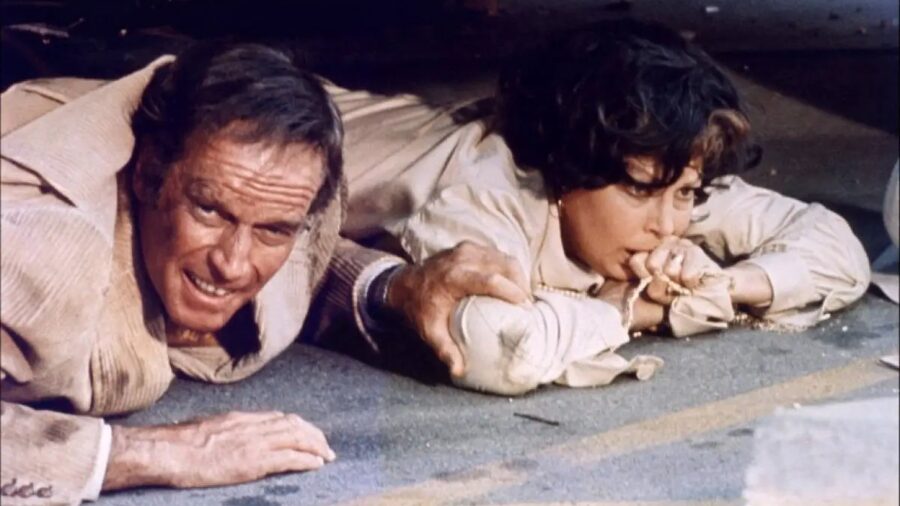
The 1974 disaster drama Earthquake is currently streaming on Netflix. Directed by Mark Robson from a script by George Fox and Mario Puzo (the author of The Godfather), the film begins by introducing the audience to a series of characters whose lives will intersect due to the impending earthquake. Among them are construction engineer Stewart Graff (Charlton Heston) and his wife, Remy Royce-Graff (Ava Gardner).
The Charlton Heston disaster movie Earthquake is leaving Netflix on October 1.
Remy’s father is Richard Royce, a wealthy businessman who disapproves of Stewart, played by Lorne Greene. Genevieve Bujold plays Denise Marshall, a young widow who becomes romantically involved with Stewart. Miles Quade, a motorcycle daredevil who is searching for his estranged wife and child, is played by Richard Roundtree.
The primary catalyst of the film is the catastrophic earthquake itself, which strikes Los Angeles with a magnitude of 9.9 on the Richter scale. The earthquake sequences are intense and realistic, with buildings collapsing, fires breaking out, and widespread chaos ensuing. As the natural disaster hits, Stewart quickly takes on a heroic role.
He races against time to rescue Remy, trapped in a high-rise building’s third-level basement garage that is slowly crumbling. His determination and resourcefulness are central to the film, and he becomes a symbol of hope amidst the disaster. Throughout Earthquake, these characters also face personal tragedies and challenges.
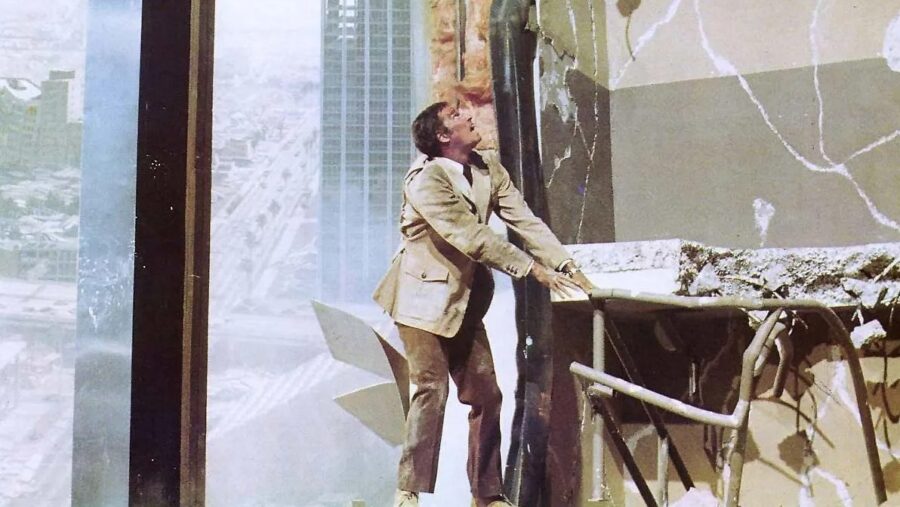
Denise Marshall must cope with the loss of her husband. Miles Quade navigates the devastated city on his motorcycle, desperately searching for his family. A significant portion of Earthquake focuses on the daring rescue mission led by Stewart. He assembles a team, including a police officer named Sgt. Lew Slade (George Kennedy), to reach people trapped in the collapsing building.
This mission forms the climax of Earthquake and is filled with suspense and dangerous situations. As the characters navigate the chaos and destruction, they undergo personal growth and transformation. Stewart and Remy’s estranged relationship is tested, and they must confront their issues amidst the disaster. Denise and Stewart’s budding romance also faces challenges in the face of adversity.
Earthquake was a box office success, earning approximately $79 million in the United States, making it one of the highest-grossing films of 1974. However, the film received mixed reviews from critics. Some praised the special effects and action sequences for their realism and intensity, while others found fault with the character development and the screenplay.
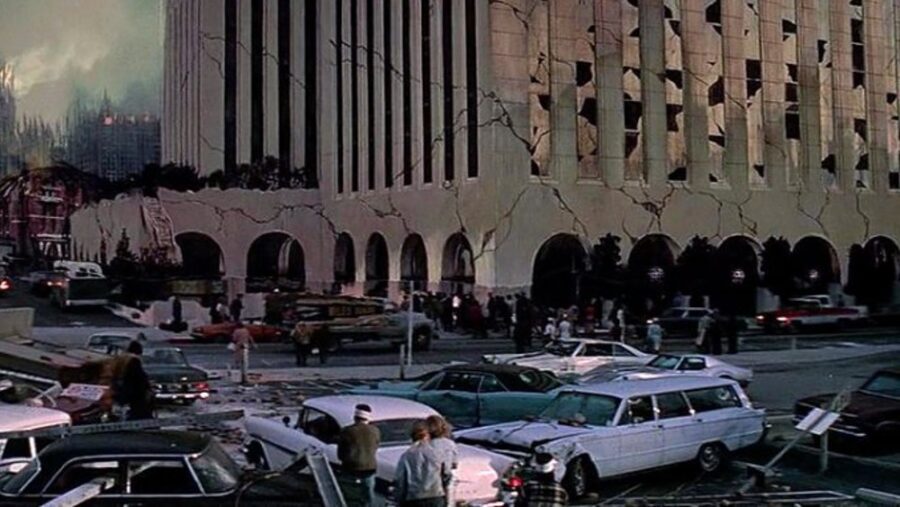
Despite the critical reservations, Earthquake was a hit with audiences, mainly due to its groundbreaking sensurround effects, which added a unique immersive experience to the disaster genre. The technology involved installing special subwoofers in theaters to create low-frequency vibrations during earthquake scenes, which was the first of its kind.
Earthquake was a box office success, earning approximately $79 million in the United States, making it one of the highest-grossing films of 1974.
Before Earthquake, Charlton Heston was known for his roles in other disaster films, having previously starred in 1974’s Airport 1975. His involvement significantly contributed to the film’s appeal. As a Hollywood legend with a track record of starring in epic and disaster films like Ben-Hur and The Ten Commandments, Heston brought star power and credibility to the project.
The success of Earthquake led to the development of other disaster movies during the 70s, often featuring star-studded casts and catastrophic scenarios. The Towering Inferno was released around the same time and featured a skyscraper engulfed in flames.
After Earthquake, The Hindenburg, based on the real-life disaster of the German airship, tried to capitalize on the disaster movie trend. While it had some success, it didn’t reach the same heights as earlier entries in the genre. Still, disaster films were generally well-received by audiences in the 70s as they often featured relatable characters in extreme situations.
Earthquake The Theme Park Ride
In 1988, Universal Studios debuted a theme park ride based on Earthquake known as “Earthquake: The Big One.” It was part of the park’s Studio Tour, which offered visitors a behind-the-scenes look at the magic of movie-making. The ride was designed to simulate the experience of being on a movie set while filming a disaster scene, much like the earthquake sequences in the film.
Visitors would board a tram, which would take them through a subway station set where a simulated earthquake would strike. The ground would shake, and various special effects would create the illusion of chaos and destruction. The ride’s highlight was a dramatic scene where a full-scale subway car crashed through the ceiling of the subway station. In 2008, it was replaced by “King Kong 360 3-D.”
Earthquake remains a notable entry in the disaster film genre, and fans can relive the story by catching the movie on Netflix.

